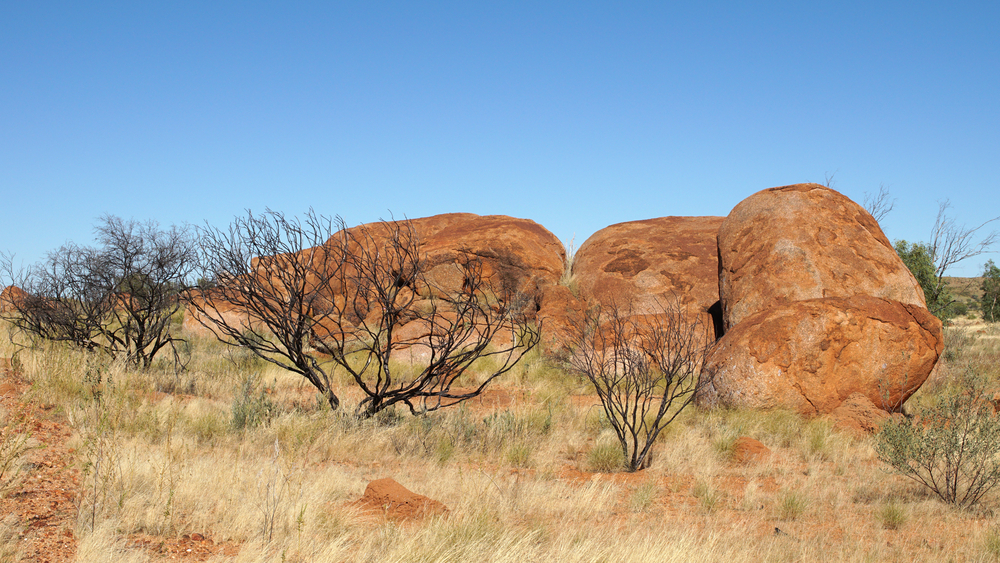
- The Bureau of Meteorology (BoM) has declared that Australia is now in an El Niño climate pattern.
- BoM warns it’s likely this summer will be hotter than average and hotter than the last three years.
- The Australasian Fire Authorities Council has issued an outlook for spring showing increased risk of bushfires in parts of Queensland, NSW, Victoria, and the Northern Territory.
- The El Niño is associated with an increase in fire danger and extreme heat risk.
- The BoM has also confirmed a positive Indian Ocean dipole (IOD) event, which usually results in decreased spring rainfall for central and south-east Australia.
- The risk of a significant fire danger season in south-east Australia is significantly higher after an El Niño year, particularly when combined with a positive IOD.
- The previous three Australian summers have seen a triple La Niña, which encouraged the growth of grass and vegetation that could become fuel for fires.
- Modelling suggests that the El Niño will persist until the end of summer.
- In June and July 2023 The World Meteorological Organization (WMO) and the US National Oceanic and Atmospheric Administration (NOAA) have also declared the onset of the onset of an El Niño climate pattern.
El Nino is a climate pattern that occurs when the waters of the Pacific Ocean warm up, leading to changes in atmospheric circulation and weather patterns worldwide. In Australia, El Nino typically brings drought conditions, reduced rainfall, and higher temperatures. According to the latest climate models, a “super El Nino” could hit Australia later this year, which could have severe impacts on the environment and agriculture. However, it is uncertain when El Nino will form and how long it will last, as it depends on factors such as ocean temperatures, atmospheric circulation, and weather patterns.
What is El Nino and how does it affect Australia?
El Nino is a climate pattern that occurs when the waters of the Pacific Ocean warm up, leading to changes in atmospheric circulation and weather patterns worldwide.
In Australia, El Nino typically brings drought conditions, reduced rainfall, and higher temperatures. This is because the warmer waters in the Pacific Ocean cause more moisture to evaporate, resulting in less rainfall in the western Pacific region, including Australia.
El Nino also affects the behavior of tropical cyclones in the region, leading to fewer cyclones and lower rainfall. Additionally, the monsoon season in Australia may be delayed or reduced during an El Nino event, which can further exacerbate drought conditions.
Furthermore, El Nino can also increase the risk of bushfires in Australia due to the drier conditions and higher temperatures. This can have severe impacts on the environment, agriculture, and communities in affected areas.
Therefore, it is important to monitor and prepare for the potential impacts of El Nino, especially with the warning of a “super El Nino” later this year. However, the formation and duration of El Nino are uncertain and depend on various factors, making it difficult to predict its exact impacts.
The latest Bureau of Meteorology report
The latest Bureau of Meteorology report suggests that there is a 50% possibility of El Nino affecting Australia by the end of the year. This could lead to more extreme weather conditions and worsen the effects of the climate pattern.
Consequences of El Nino for different regions and sectors of Australia
El Nino can have diverse effects on various regions and sectors of Australia. If it strikes, Australians can expect reduced tropical cyclones, a delayed monsoon season, an increased bushfire risk, and drought. These impacts can have severe consequences on the environment, agriculture, and public health. Reduced tropical cyclones can lead to a shortage of water supply in some areas, while delayed monsoon season can affect crop yields. The increased bushfire risk can cause damage to properties and the loss of life. Drought can also have devastating impacts on agriculture and the economy. Therefore, it is crucial for Australians to prepare for any extreme weather conditions that may result from El Nino.
Why is the prediction of El Nino uncertain?
The formation and duration of El Nino are difficult to predict due to the influence of ocean temperatures, atmospheric circulation, and weather patterns. These factors can affect the development of El Nino, leading to uncertainty in its formation and duration. Therefore, it is challenging to determine when El Nino will occur and how long it will last. Scientists use climate models and historical data to predict El Nino, but there is always some degree of uncertainty in the forecast.
Tips for Australians to Prepare for El Nino
To prepare for the potential impacts of El Nino on Australia, it’s important to act now. Consider creating emergency kits, developing evacuation plans, and improving the resilience of your homes and businesses to extreme weather events. Don’t wait until it’s too late!
Here are some additional tips to help you prepare:
- Stay informed: Keep an eye on weather forecasts and warnings and stay up to date on the latest news and information from trusted sources.
- Plan: Make sure you have a plan in place for what to do in case of an emergency, such as a flood or bushfire.
- Stock up on supplies: Make sure you have enough food, water, and other essential supplies to last for at least a few days in case of an emergency.
- Secure your property: Clear gutters and drains, trim trees and branches, and secure loose items around your property to prevent damage from strong winds and heavy rain.
El Nino can have a wide range of impacts, depending on factors such as location, timing, and intensity. By taking proactive steps now, you can help minimize the potential impact on your life and your community.
Background on El Nino and Climate Change
El Nino is a complex weather phenomenon that is driven by changes in ocean temperatures and atmospheric circulation patterns. It can cause a wide range of impacts around the world, including droughts, floods, and severe storms.
Climate change is expected to increase the frequency and severity of El Nino events in the future, making it even more important to take action now to prepare for their potential impacts. Governments and communities around the world are working together to reduce greenhouse gas emissions and adapt to the changing climate, but individual action is also crucial.
Become part of the solution for climate change
Contact us and we’ll work with you towards a sustainable future.


